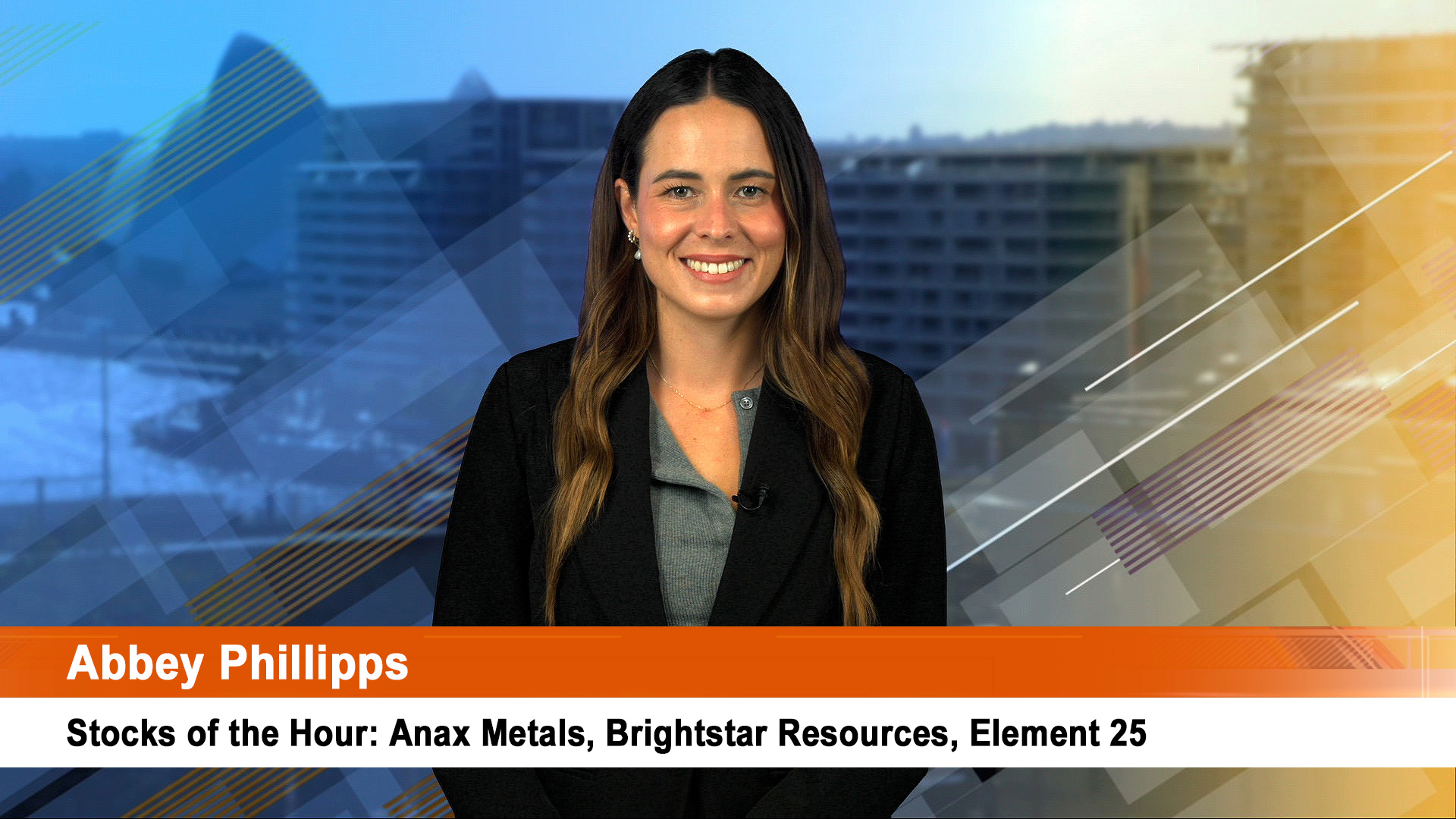The Reserve Bank has expressed veiled concern that the US Federal Reserve’s second huge spending spree might damage the Australian economy by forcing the value of the Australian dollar significantly higher.
The warning is circumspect, and came in the very last paragraph of the Reserve Bank’ 4th Statement of Monetary Policy for 2010 released on Friday

.
In the concluding section of the statement looking at the risks to the economy, the RBA said:
"If developments in global financial markets resulted in a significant further appreciation that was unrelated to these factors, it would likely result in both growth and inflation being lower than in the central forecast."
The factors referred to are the existing drivers of the exchange rate, the strong demand and high prices for our commodities, high interest rates, solid growth and prospects of this continuing.
The only "unrelated" factor around is the Fed’s near $US1 trillion second round of easing that boosted shares on Friday in Australia, sent commodities and the value of the Australian dollar sharply higher, and forced the greenback lower.
The Aussie dollar closed around $US1.0159c on Saturday morning.
A significant increase would see it rise above $1.10.
That’s a 10% rise against the US dollar, which could happen. It has risen 6% (in trade weighted terms) since the RBA Monetary Policy Statement in August.
The AMP’s chief Economist, Dr Shane Oliver said on the weekend:
"After a period of consolidation since first hitting parity a few weeks ago the Australian dollar has broken decisively above it, and notwithstanding normal bumps along the way, looks to be heading even higher thanks to a falling US dollar, rising interest rates in Australia and high commodity prices. It is likely to settle around $US1.10 in the year ahead."
Of course the RBA’s gradual tightening of monetary policy will play a part (as it did with last Tuesday’s surprise rate rise) in pushing the value of the dollar higher in coming months, especially if there’s another increase, as many economists expect.
Dr Oliver wrote: "The RBA’s Quarterly Statement on Monetary Policy only served to reinforce its ongoing tightening bias.
"While inflation forecasts for this year were revised down, growth forecasts were revised up and the RBA still sees underlying inflation heading up to the top of its target range through the second half of next year as the boost to national income from high commodity prices pushes the economy up against capacity constraints."
"However, the additional tightening that has flowed from the $A pushing through parity and bank moves to raise lending rates by more than the RBA’s increase in the cash rate suggest the next move probably won’t come until February and that the peak will be lower than otherwise would have been the case.
"Within a year’s time the cash rate is likely to have increased to around 5.5% and this is likely to be around the peak for this cycle."
In Friday’s November monetary policy statement, the bank lowered its outlook for inflation to the end of the December quarter to 2.75%, from 3.25% in the August statement.
Underlying inflation forecasts are all a quarter of a percentage point lower than the outlook in the August statement, although the end point – 3% underlying inflation by the end of 2012 – is exactly the same.
The RBA also said it expected commodity prices to decline but the recent boom would have lasting affects.
"The economy is continuing to benefit from the high level of commodity prices with nominal income growing very strongly over the past year," it said.
"The prices of many commodities have increased further recently and Australia’s terms of trade are estimated to have reached the highest level since at least Federation (1901)."
We will get a sight of what the federal government with the release this week of its mid year review of the budget.
The mid year economic and fiscal review is likely to see upside revisions to near term growth forecasts and a downwards revision to near term inflation forecasts, following similar moves by the Reserve Bank in its last monetary policy statement for 2010 issued last Friday.
But the big issue from this review is likely to be the impact of the sharp rise in the value of the dollar on government revenues (and projections) and whether this produces a change in policy from the government and Federal Treasury.













